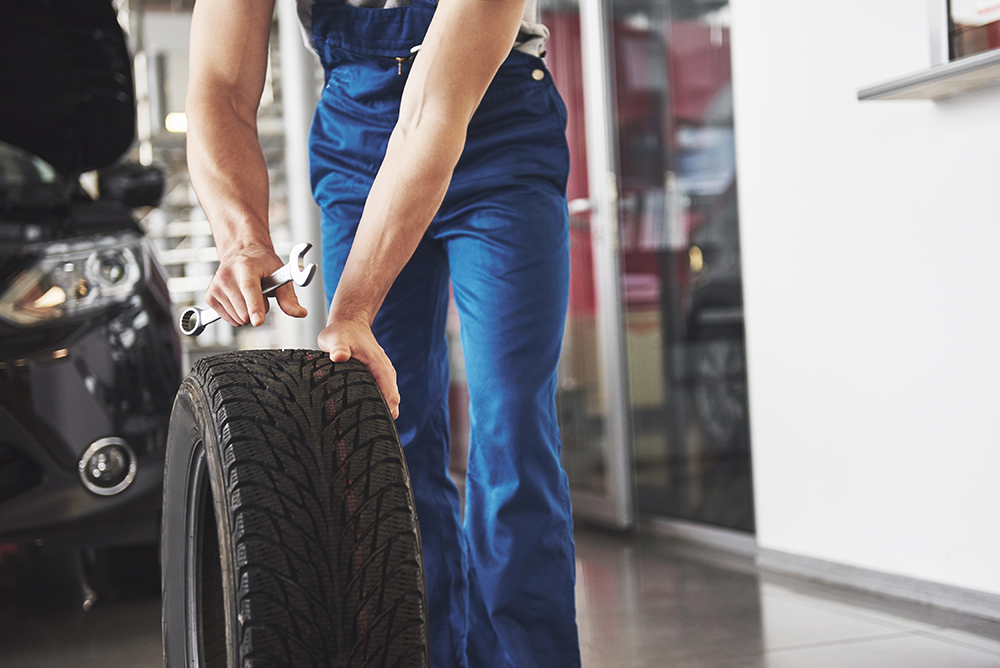
1. Green tires Green tires are defined as: ultra-low rolling Yang, low energy consumption, pollution-free tires. According to the collected data, compared with ordinary tires, green tires reduce the rolling positive force by 5% to 22% and save fuel by 3% to 8%. At present, there are two main principles and methods of green tire design: First, tire lightweight, that is, reduce the rolling force of the tire by reducing the weight of the tire, which is also the most direct, fastest and effective method. Under the premise of ensuring the performance of the tire, the quality of the tire is adjusted by controlling the thickness of each component of the tire, which is the most basic method; The new approach is to use lightweight materials to prepare tires, while using computer-aided design to optimize tire structure and reduce the use of materials, such as the use of aramid materials instead of steel wire, the effect is very significant. The second is to reduce the rolling resistance by reducing the energy consumption of the material (hysteretic loss), through the improvement of the rubber formula and the optimization and improvement of the skeleton material.
2. Smart tires
The so-called "smart tire", in a broad sense, smart tire is a tire with wisdom and mind. In a narrow sense, smart tires are tires that can collect and transmit all information about their environment, and make correct judgments and processing of this information.
The development of smart tire technology includes direct and indirect tire pressure monitoring systems (TPIS). Intelligent tire monitoring technology can realize the monitoring of important parameters and signals such as tire pressure, temperature, force, sliding friction factor, tread wear and tire damage, and send alarms in real time. Direct TPIS is the development trend and mainstream of TPIS in the future.
3. Wide base tires
Wide base tires have the advantages of weight reduction, low rolling force and fuel economy, which will get more development opportunities. According to a study by the Transportation Center of 0a idge National Laboratory in the United States, some fleets that switch to wide-base tires improve fuel efficiency by 2 to 7 percent.
The characteristics of wide base tires: good grip, handling performance and cornering performance, low heat generation, good dynamic balance and uniform performance. This not only puts forward high requirements on the design of tire formula structure and pattern, but also puts forward high requirements on the process method and technology of tire manufacturing, and even equipment. Therefore, high performance tire manufacturing is a test of the comprehensive level of tire manufacturing.
Related Posts
Online Message
Please give us a message
Our goal is to become a comprehensive service center integrating processing, classification, and storage. Our mission is to be a pioneer in tyre industry value chain cost solutions and service concepts.
